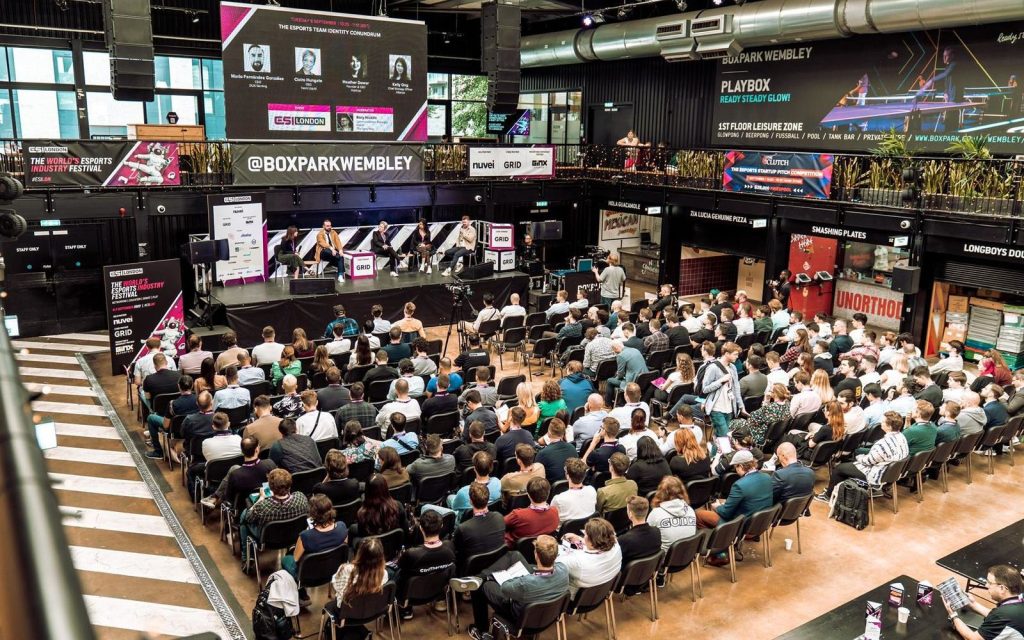Ahead of ESI Events’ flagship conference ESI Lisbon (September 23rd-25th), ‘Looking at Lisbon’ explores the topics behind the event’s most anticipated panels. This article explores the complexities of building sustainable grassroots communities in esports and previews the industry leaders looking to overcome those challenges.

Building a lasting and vibrant gaming community in today’s competitive environment is no small feat, particularly given the sheer volume and quality of the competition that has been growing for what are now decades.
Brands and advertisers are fiercely vying for Gen Z’s attention, a demographic already inundated with entertainment options from all sides. Yet, in this crowded digital environment, games can become viral sensations almost overnight, only to fade just as quickly, making it harder than ever to build and maintain a loyal player base.
The professional esports scene, with its grand tournaments and star players, often takes centre stage, yet it’s merely the visible peak of a much larger and deeper ecosystem. Beneath the glittering surface lies a sprawling grassroots ecosystem, which is vital for the long-term sustainability of esports.
The grassroots level serves as the essential foundation for the future stars of the professional scene. Amateur tournaments, university leagues, and online qualifiers provide aspiring players with a crucial platform to refine their skills and showcase their talent, offering them the opportunity to break into the upper tiers of competitive gaming
However, this foundational level faces challenges that restrict its growth and, by extension, restrict the future of the esports industry as a whole.
One of the biggest issues is accessibility. High-performance gaming equipment and reliable high-speed internet are essential for any aspiring pro player, but these come at a cost. For individuals from lower socioeconomic backgrounds, the expense can be a barrier to entry, stifling the size and diversity of the talent pool.
Another critical issue is the lack of structure within grassroots esports. Many local tournaments and leagues are plagued by disorganisation, mismanagement and lack of funding. The lack of structure can be discouraging for aspiring players who seek stability and a clear path to progression.
The lack of sponsorships is also a major hurdle for any grassroot tournament as unlike the high-profile professional leagues that attract millions of viewers, local events often struggle to gain a significant audience and thus sponsorships.
To build, nurture, and foster communities for the long haul, stakeholders in the gaming industry—be it teams, tournament organisers or publishers—must invest in grassroots communities. But that’s not easy at a time of low financial investment in esports.

How can and do teams, tournament organisers, publishers, and other stakeholders build, nurture, and foster lasting communities? Is a competitive scene always the answer? And how key are content creators to this?
At ESI Lisbon, some of the most influential figures in esports will gather to explore the future of grassroots gaming for our panel Building Blocks: Growing a community and a competitive scene on September 25th.
Representing Challengermode, a platform that lets anyone organise tournaments, is Chief Business Development Officer Philip Hübner, who brings a wealth of experience in creating structured environments where grassroots communities can thrive. From Swedish esports organisation Alliance comes Chief Strategy Officer Kelly Ong, offering a strategic vision for fostering sustainable growth.
The Co-founder and CEO of NES, Elie Honain, joins to bring deep insights into how to build and scale grassroots initiatives. And Head of Sales and Partnerships at Esports Charts, Sergii Rudenko, will offer expertise in enhancing the visibility and reach of grassroots tournaments.
Tickets for ESI Lisbon (September 23rd-25th) are still available for purchase here.



